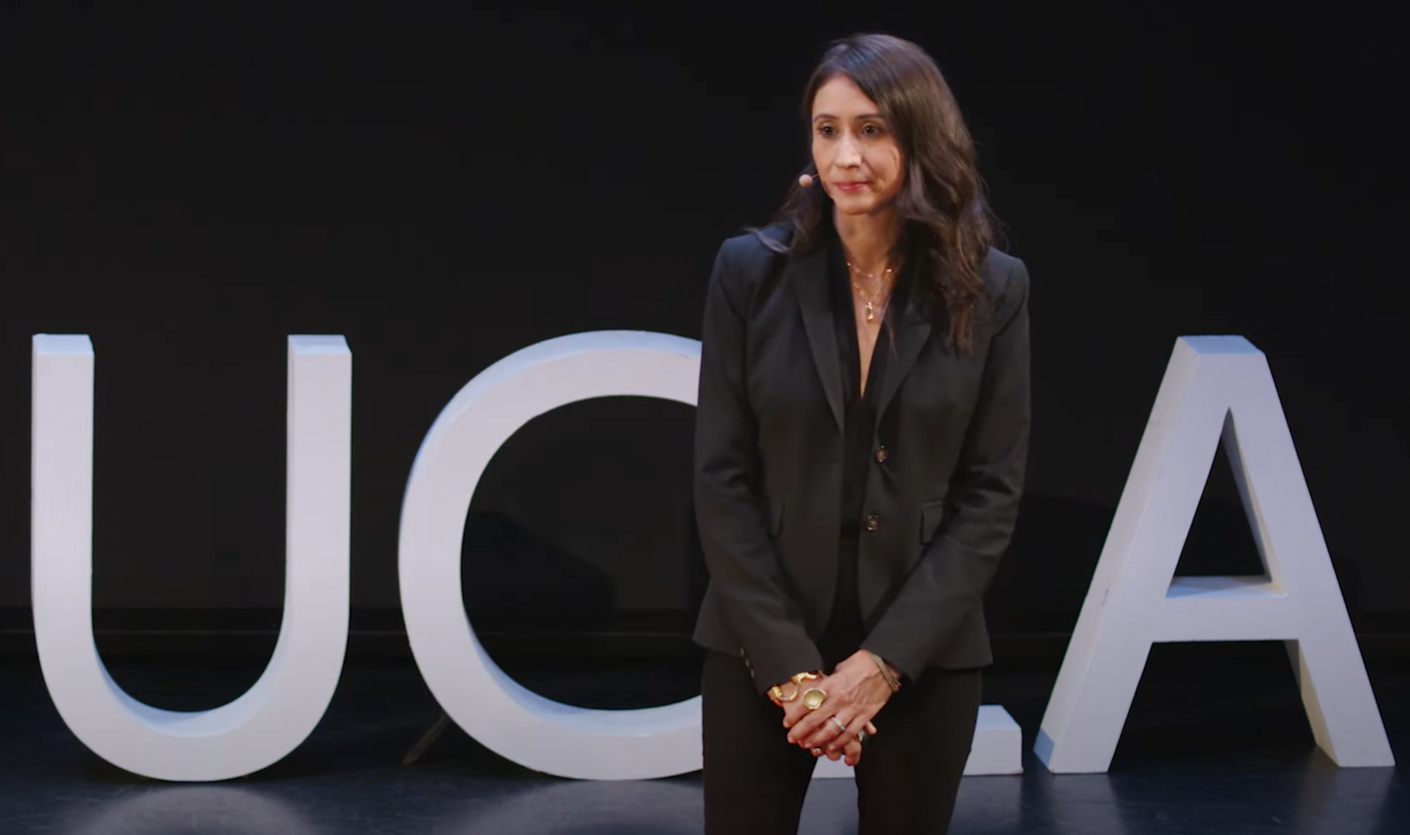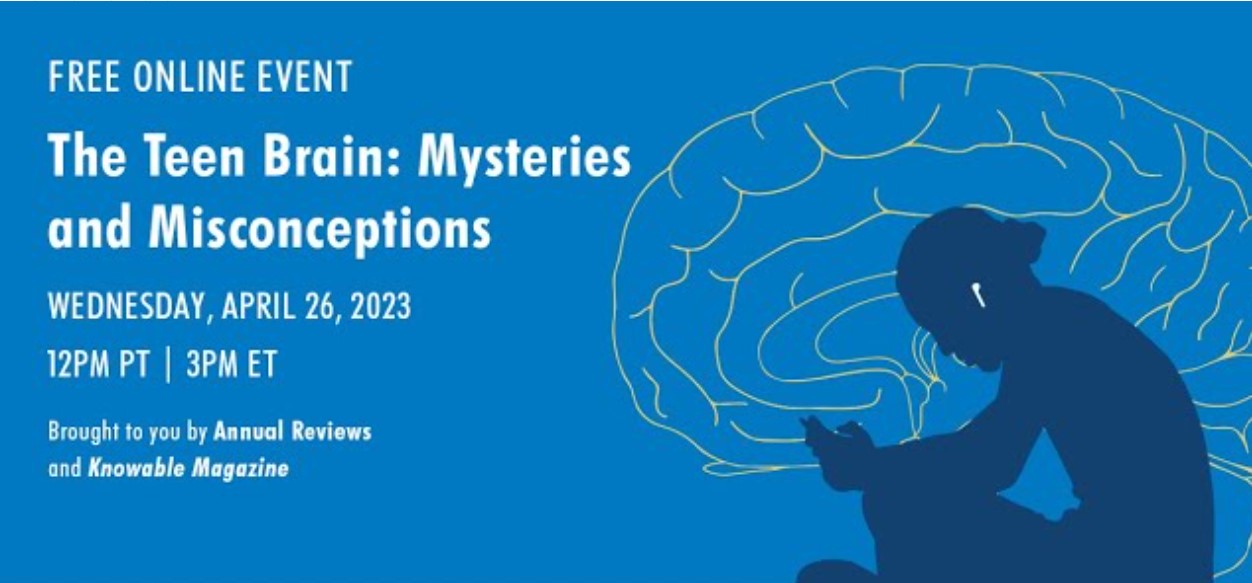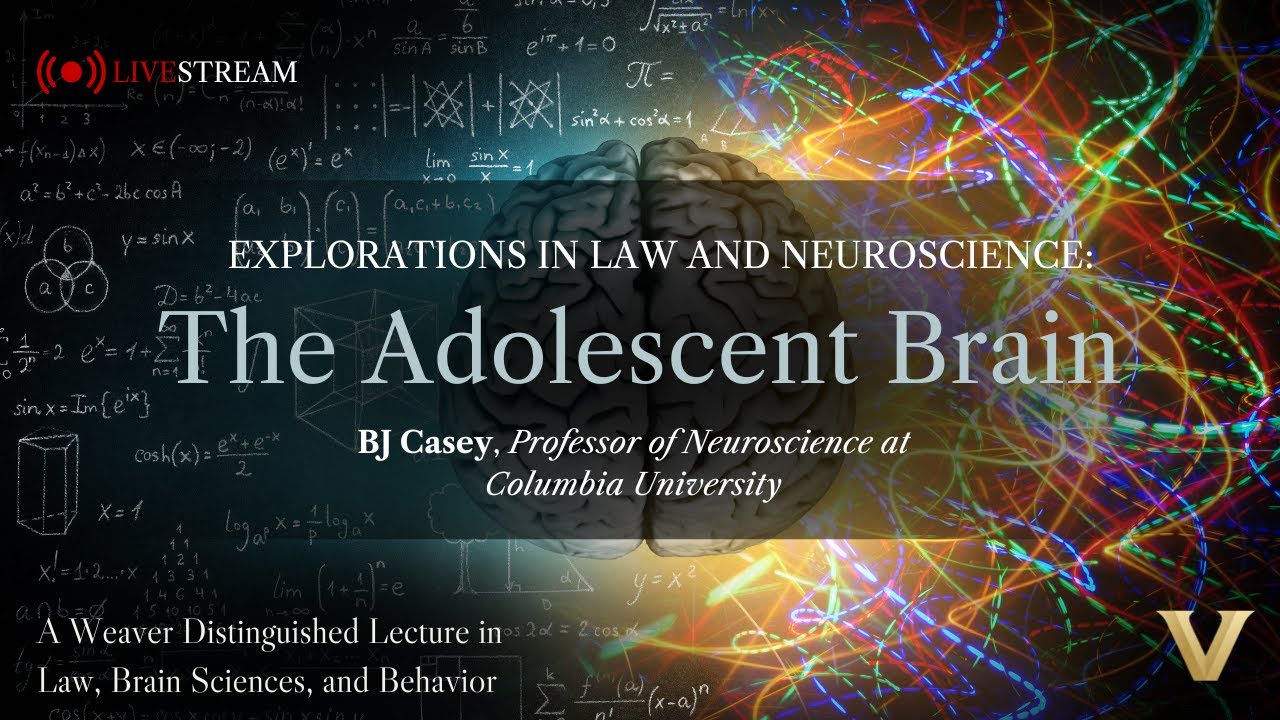
Adolescent Brain Development
SCA Svenska Cellulosa Aktiebolaget, Wikimedia Commons
During adolescence, the brain undergoes significant transformations that shape cognitive, emotional and social behaviors. This “second growth spurt” is marked by heightened neuroplasticity, making adolescents uniquely primed for learning, innovation and navigating complex social dynamics.
By Kathleen Mazor, EdD, MS
Contributing Writer
As adolescents encounter new challenges and experiences, their developing brains are especially able to absorb information and acquire new skills. For instance, adolescence is a great time to learn a new language, learn to play an instrument, or get involved in local or global activism. During adolescence, young people develop the ability to think abstractly and hold different perspectives and so become good at innovation and problem-solving.

One area of the brain that undergoes substantial changes during adolescence is the prefrontal cortex, which is located at the front of the brain and responsible for executive functions and emotional regulation. Executive functions encompass a range of cognitive processes, including decision-making, planning, problem-solving, and impulse control. The development of these executive functions is crucial as adolescents navigate academic challenges, peer relationships, and increasingly complex social dynamics.
Emotional regulation, another critical function of the prefrontal cortex, involves managing and responding to emotions effectively. Adolescents often experience intense emotional highs and lows as their brains become more reactive to social and environmental stimuli. The prefrontal cortex helps regulate these emotions by integrating emotional responses with cognitive processes, such as evaluating consequences and considering alternative actions. This integration is essential for making sound decisions and adapting to social norms and expectations.

While the prefrontal cortex is developing, the limbic system, which governs emotions and sensitivity to rewards, is undergoing change at an even more rapid rate. This system becomes more reactive to social stimuli, contributing to heightened emotional responses. These neurological transformations not only influence behavior but also impact learning, memory, and the ability to manage stress. A recent report, The Promise of Adolescence from the National Academies of Sciences, notes:
The heightened sensitivity to rewards, willingness to take risks, and the salience of social status—propensities that are critical for exploring new environments and building nonfamilial relationships—help adolescents build the cognitive, social, and emotional skills necessary for productivity in adulthood.
Adolescent Risk-Taking
Is risk-taking in adolescence inherently maladaptive? We often focus solely on the potential downsides of risk, overlooking its crucial role in learning, growth and development. Exploration—whether it involves new ideas, behaviors, places, people, or identities—inevitably entails risk. Adolescents are particularly driven to explore and experiment, and this exploratory behavior can be beneficial. The interplay between risk-taking and social learning is particularly intriguing; individuals, including adolescents, tend to rely on observing others when navigating uncertain situations. Risky behaviors have inherently uncertain outcomes (that’s what makes them risky) and so sensitivity to peers and social learning can actually be helpful to adolescents. As teens encounter new challenges, new situations, new people, new classes and new expectations, paying attention to how others react can help. This is called vicarious learning; in vicarious learning we observe what others do, and the consequences, and make the link to our own behavior and likely outcomes.

Jonathan Haidt, in his book The Anxious Generation, argues that Western society has developed a “culture of safetyism” which he believes is detrimental to children and adolescents. According to Haidt, today’s adolescents have fewer opportunities to take risks and consequently fewer opportunities to learn from them. Risk-taking can foster resilience, enhance problem-solving and decision-making skills, and build self-confidence, so missing out on these opportunities can impede development. While risky behaviors can indeed lead to harm, Haidt and others contend that an overemphasis on safety can also be detrimental.
Other experts agree. Dr. Joseph Allen, a distinguished professor of psychology at the University of Virginia School of Medicine, suggests that the opposite of risk-taking is not necessarily safety, but rather anxiety and avoidance. Risk aversion is often linked with anxiety and depression. Allen argues that what might seem like poor decision-making linked to excessive risk-taking could stem from a lack of experience. As Allen writes, “Adolescence may also require some degree of risk taking simply to learn to develop competence in judging when risks do and do not make sense. Even risks that lead to substantial losses may provide information that is quite useful going forward.” He also highlights that avoiding perceived risks—such asking someone for a date, declining to smoke, trying out for a sports team, or making a comment in class—can be problematic. While these actions carry the potential for rejection or embarrassment, they are likely risks worth taking.
External Stories and Videos


The Adolescent Brain: A Thriving Look
Adriana Galván, TEDxUCLA
Neuroscience tells us there is joy in not knowing what is coming next. Uncertainty is part of what makes life interesting. Yet, most adults describe a strong feeling of discomfort around uncertainty.


The Teen Brain: Mysteries and Misconceptions
Panel Event, The Dana Foundation
A conversation about the teenage brain’s strengths and vulnerabilities, how adults can support teenagers with mental health issues, and how teens can help one another.


Understanding the Teenage Brain
Eva Telzer, PhD, Speaking of Psychology
There’s a common stereotype is that teenagers’ brains are immature and underdeveloped, and that teens are “hard-wired” to take unwise risks and cave to peer pressure. But psychologists’ research suggests these negative stereotypes are unfounded and that the teen years are a time opportunity and growth as well as risk.


Speaking of Psychology: How Social Media Affects Teens’ Mental Health
Linda Charmaraman, PhD (2021)
The vast majority of US teens have access to a smartphone and at least one social media account, and recent headlines seem to confirm parents’ worst fears about the effects of all that time spent online. But psychologists’ research suggests that there are nuanced answers to the question of how social media affects teens’ mental health and well-being.


Are Smartphones Ruining childhood?
Jonathan Haidt, TED Talks Daily Podcast
Social psychologist Jonathan Haidt's latest book, The Anxious Generation, is shaping cultural conversations and sparking fierce debates about the role of smartphones in society. In this timely conversation, he investigates how a smartphone-based childhood, amplified by overprotective parenting, is driving the mental health crisis among young people. He also explores the push for phone bans in schools and the concrete steps we can take to improve the mental health of young people around the world.

